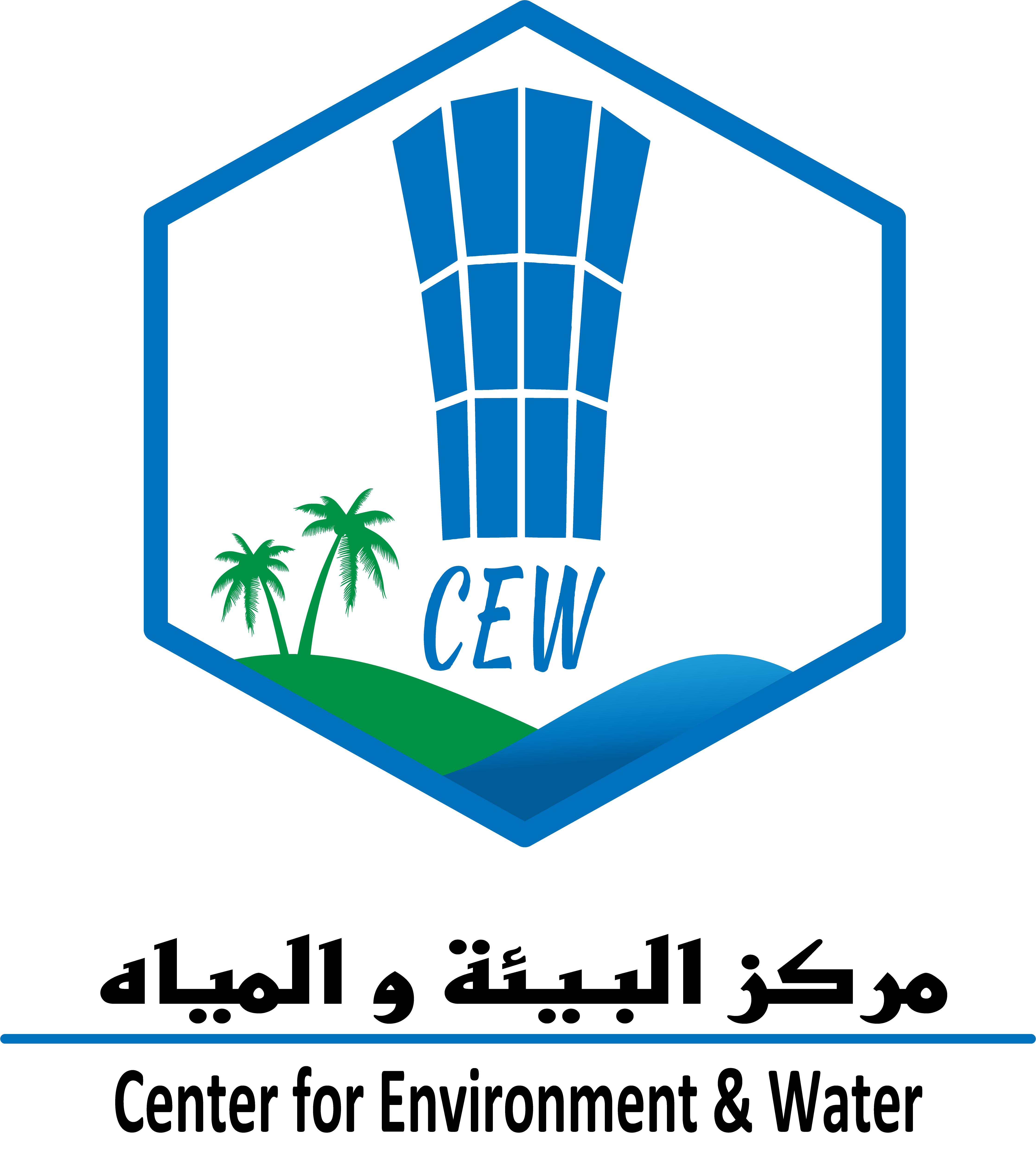CEW-RI Weekly Seminar
Organized by:
This presentation examines the landforms of southern Africa associated with contemporary dust emissions. Dust sources have been identified using various remote sensing datasets (Landsat, Moderate Resolution Imaging Spectroradiometer (MODIS) and Meteosat Second Generation (MSG)) which flagged dunes, soils, rivers and pans from across Botswana, Namibia and South Africa as potential emitters. It appears that major source areas only occupy a small fraction of the land surface. Surface emissions are varied and controlled by sand/silt ratios and clay composition and driven by both abrasion and saltation processes. The supply of material and its availability is determined by both climatic and anthropogenic factors which are varied in both space and time. Particular field-based focus is placed on the dunes of the Kalahari, Namibian west coast dunes, coastal sabkhas, rivers and gravel plains, inland playas of the Namib and Kalahari, large ephemeral basins of Etosha and the Makgadikgadi as well as South Africa’s farmlands. In addition to establishing surface controls through the usage of a field based, mobile wind tunnel (Portable In Situ Wind Erosion Laboratory (PISWERL)), ongoing research with partners at UCT, Stellenbosch, Oxford and Basel, has examined physical and chemical dust composition, using Quantitative Evaluation of Materials by Scanning Electron Microscopy (QEMSCAN) and determined regional dust dispersion and potential marine impact using Hybrid Single-Particle Lagrangian Integrated Trajectory (HYSPLIT) modelling.
